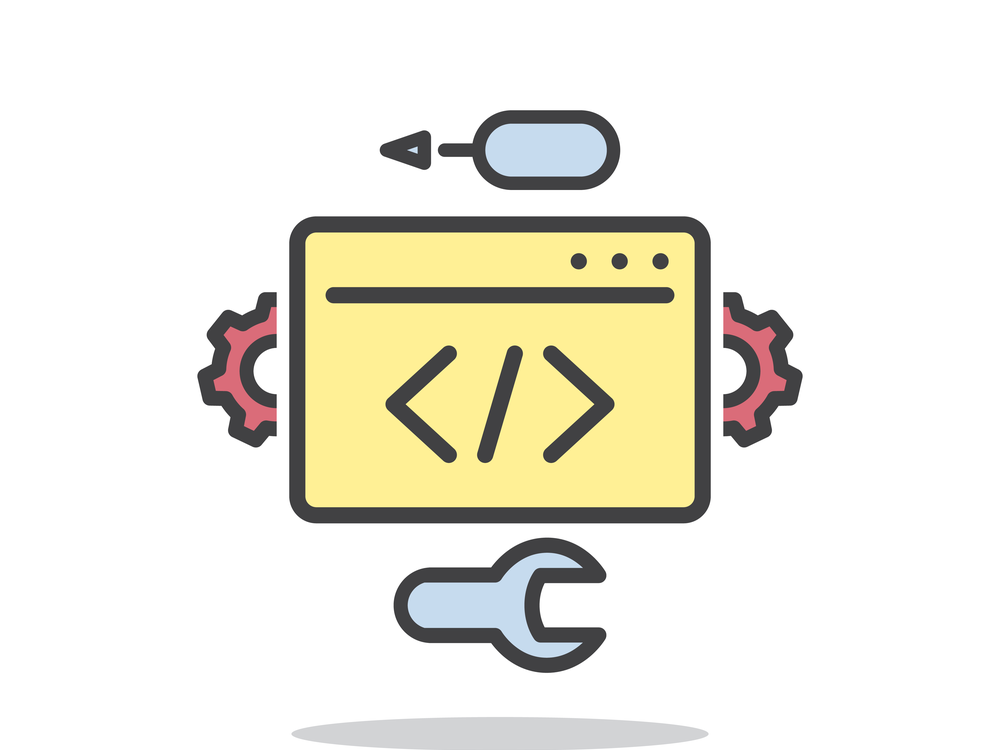AL Development: The Future for Microsoft Dynamics 365 Business Central

If you haven’t been following the AL story, suffice it to say that there’s a lot you should know about AL development and its future for Microsoft Dynamics 365 Business Central. As usual, we like to begin at the beginning with the basics before probing more deeply into the topic. If you do not find the information you’re looking for about AL, can answer your remaining questions.
What Is AL?
AL quite simply stands for Application Language. It resembles the Pascal language on which it is based. AL is a critical step in the transition from C/AL (Client/server Application Language) to Extensions (aka AL, applications, apps). Thus C/AL is now the legacy code, and AL is the current code used in the realm we exist in today, whereby all new development is created as apps.
What Does AL Do?
AL is used for manipulating data (such as retrieving, inserting, and modifying records) in a Microsoft Dynamics 365 Business Central database, and controlling the execution of the various application objects, such as pages, reports, or code units.
From a technical perspective, AL uses three types of single-line Simple Statements that are executed sequentially and do not alter the flow of execution of code:
- Assignment statements which assign a value to a variable
- Method statements for executing built-in system methods or user-defined (custom) methods
- AssertError statements for testing how your application behaves under failing conditions
From a layman’s perspective, all you really need to know is this:
Most of the functionality needed to meet your business requirements is available as part of the base functionality in Business Central. From there, you will find a lot of readily available apps that fill in the holes. A few common examples are EDI, mobile applications, and document capture. Any remaining gaps can be filled with custom development.
In order of priority, determine how you can meet your needs with base functionality, standard Apps, and custom (aka private) extensions.
IF you have decided to proceed with private extensions, then you need to determine how you will test them, what design supports the test, build the test, build the extension, test the extension, and deploy it. The need for programmatic testing is new to the Business Central/NAV world but has been widely used elsewhere. It allows you to quickly (low cost and low effort) assess how the App will work when new versions of BC are rolled out. Currently, there is a new version each month!
What is the best time to transition/upgrade to Microsoft Dynamics 365 Business Central?
That time is now while you still have access to Business Central 2019 Wave 1 (version 14) that supports both C/AL (legacy code) and AL (current code), which gives you the best of both worlds. Of course, any time is a good time to move off your legacy ERP, enjoy the myriad benefits of a modern cloud ERP platform, and secure a competitive edge for your business. Act now, because support for this version of Business Central will expire in October.
Take the next step…
Call us at 630-858-7388 or email us at
nav@libertygrove.com.
